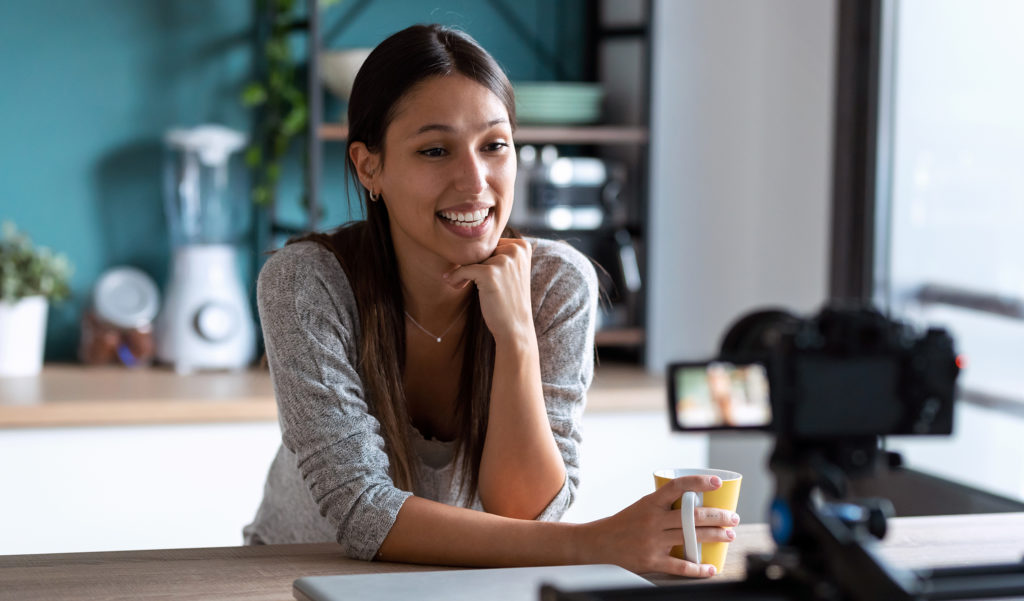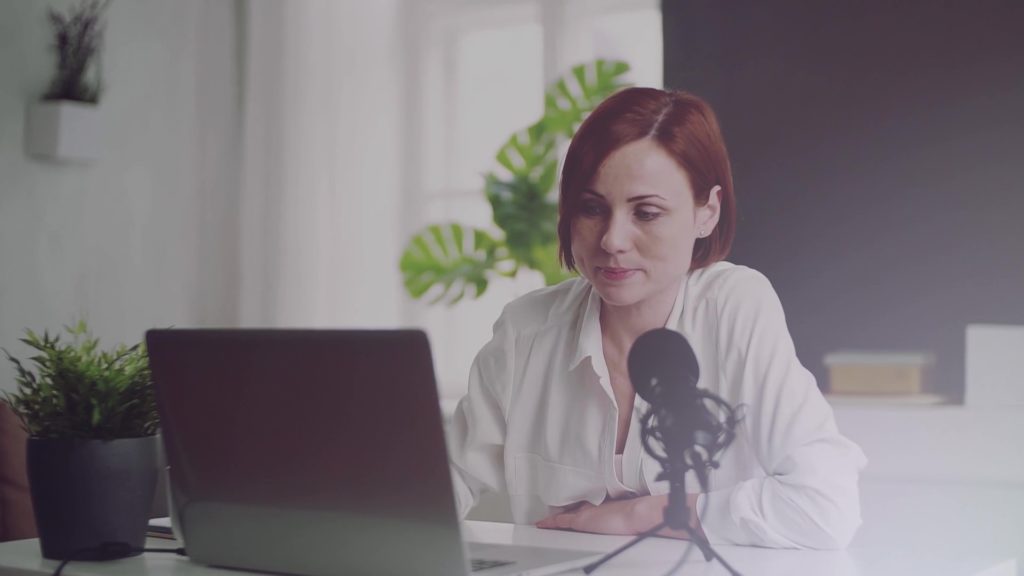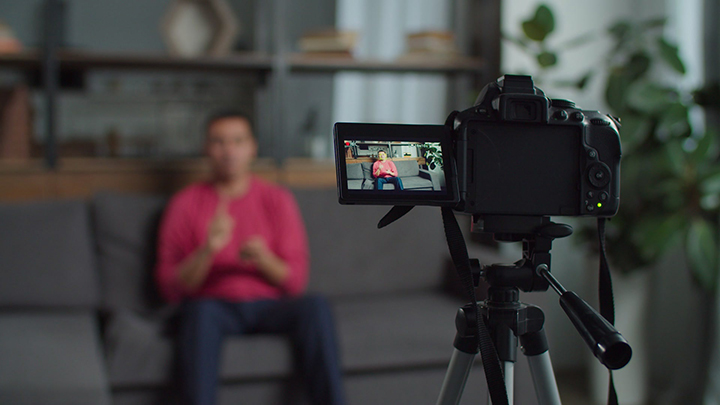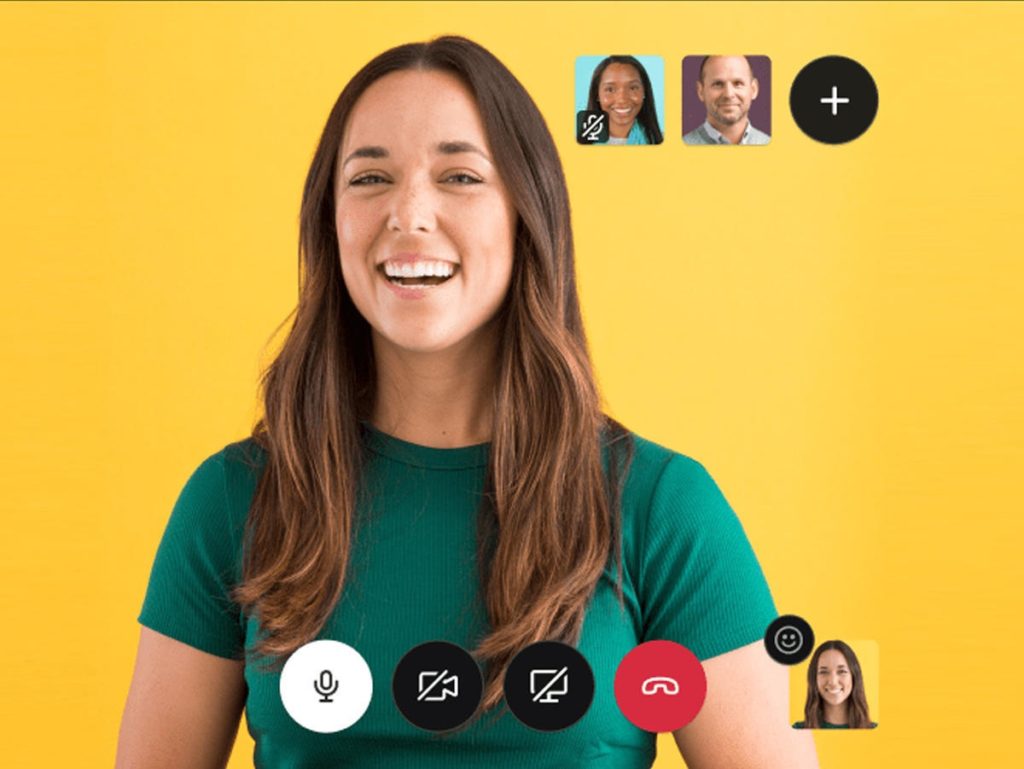
1. Lighting
A room with a lot of natural ambient sunlight allows you to be seen clearly. Your camera doesn’t have to work as hard to expose your image so it’s cleaner with less grain and pixelation. Just make sure the window is in front of you. You can also try some small and inexpensive light kits that can be found online or at your local video tech store.
2. Audio
External USB microphones that you find online are typically directional, so when pointed to your mouth they are better at blocking out external noises. You also place them closer to you so there is less distance for your voice to travel. IF you want to get serious you can add an external mixer to control your voice levels.

3. Camera
Connect a DSLR, external webcam or use a newer phone. The built-in cameras on laptops have generally not been upgraded or improved for many years and most of them capture images at 720p. Where your DSLR, webcams and phones are now 4k and built with quality lenses that will impress any amateur weekend photographer.

4. Background
Choose a location with depth, contrast and check the framing of your shot. Depth allows for some separation from you and the background behind you creating a more aesthetically pleasing image. Some colour or contrast will add to your personality compared to a plain wall (unless your personality is more like a plain wall and that’s what you want). If you want to try and use the virtual background feature I recommend adding a greenscreen to assist the software. You should also make sure the area is well lit.

5. Software
Keep your software up to date, these platforms are constantly adding new features, enhancements and security features. Noise cancellation and the ability for the host to unmute participants are some features I recently saw. BlueJeans just announced they’re increasing the onscreen participants from 9 to 25, and adding a blur background option.